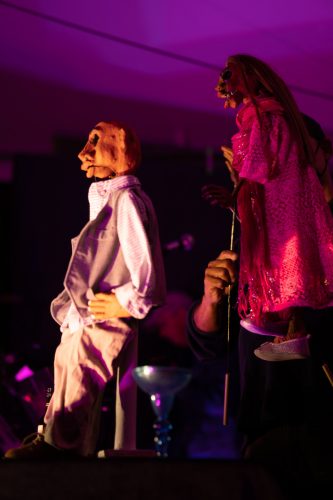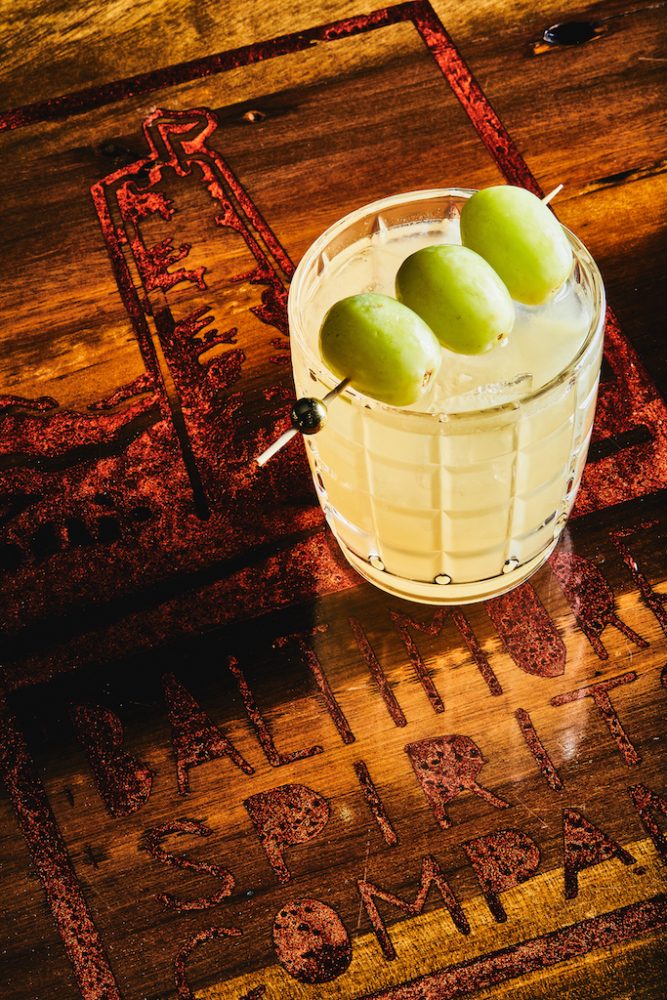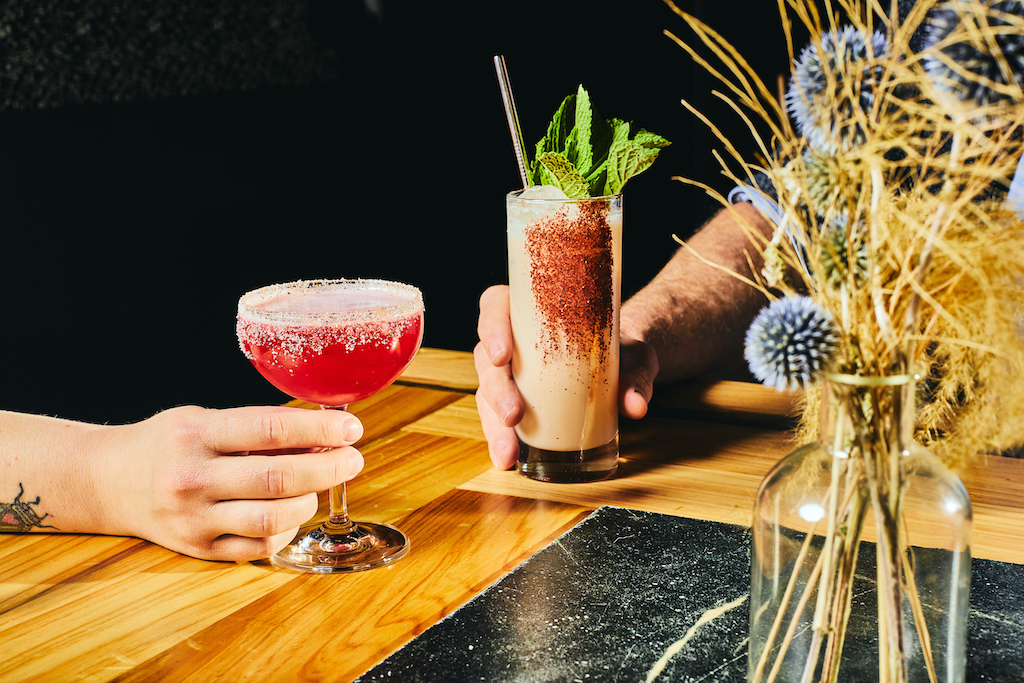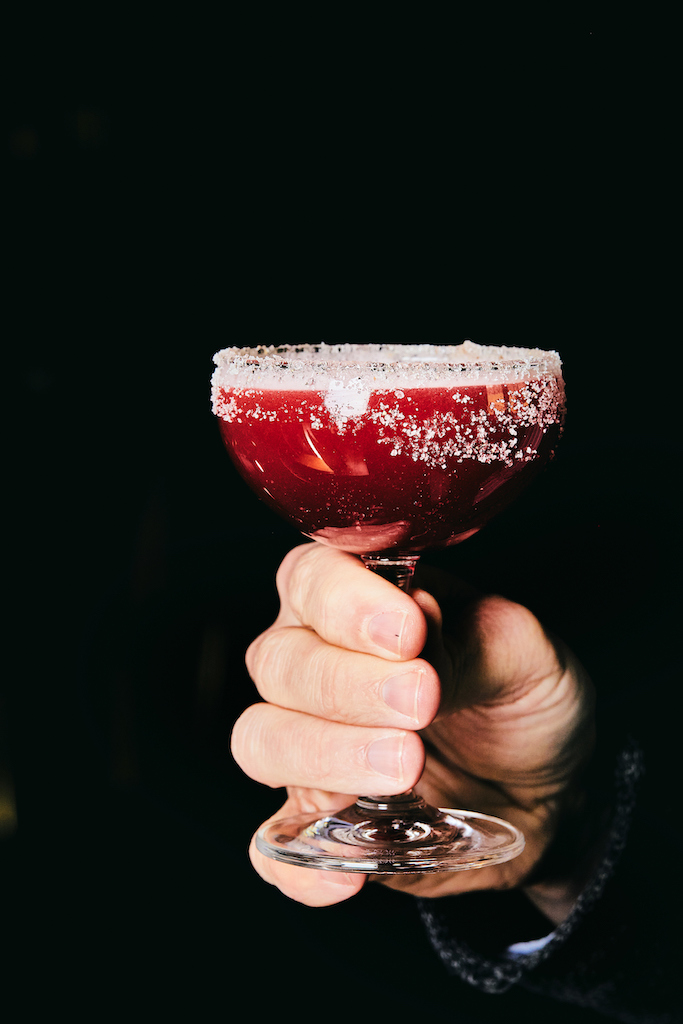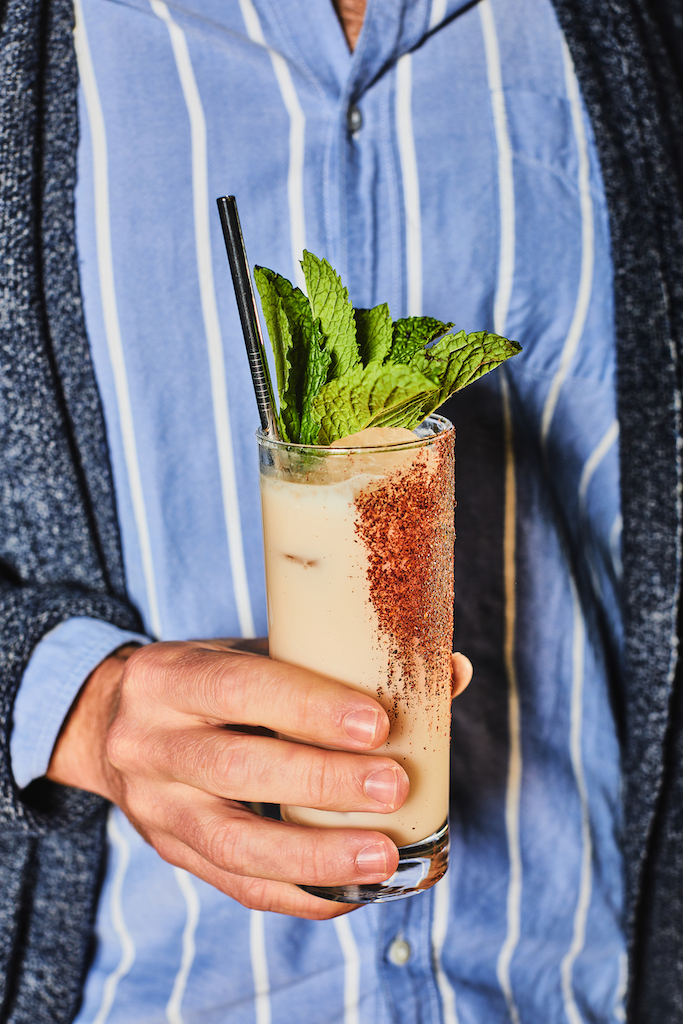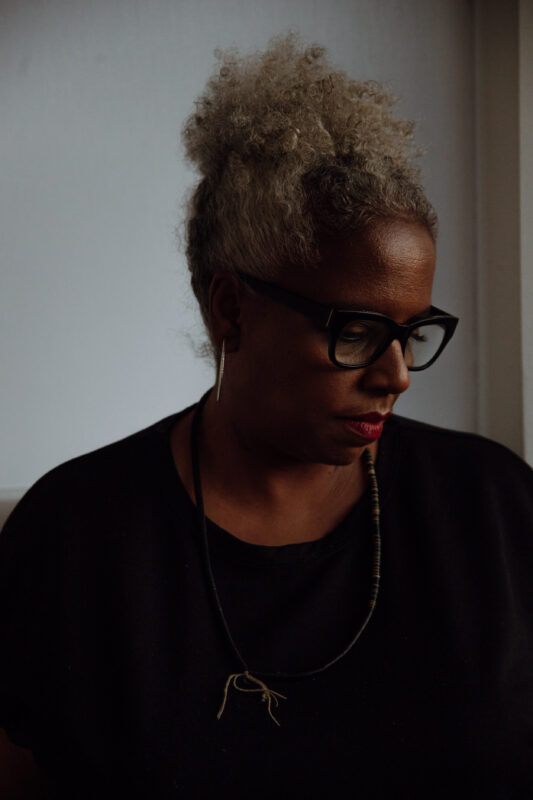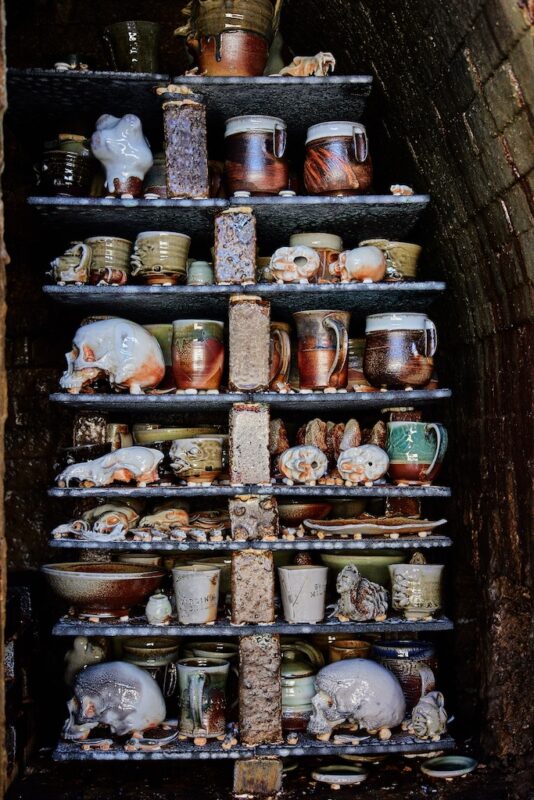There’s a long, storied history of art students supporting the booze industry. Now, a local distillery is giving back to the MICA community in a big way. This year, the Baltimore Spirits Company announced Penn Eastburn, a recent Hoffberger School of Painting grad, as the first recipient of its $10,000 Launch Artists in Baltimore (LAB) award.
The prize, planned to henceforth approximately annually coincide with BSC’s launch of new spirits, is a partnership with MICA to reward graduating MA or MFA students for their potential “to enter and meaningfully contribute to the cultural life of Baltimore.” That aim is what really sets the LAB award apart from straight-up scholarships or project-based grants—the money is unrestricted, but the hope is that recipients will stick around Baltimore after graduating and continue to make this region the kind of place where BSC’s founders love to live.
“Trusting in artists to spend money in a way that is meaningful to them can change somebody’s life,” BSC founder and CEO Max Lents explains over Zoom. “The terms are very loose because we want a lot of people to feel opportunity there. But it is about an artist who showed commitment to the city and who has plans to invest through their art in the city. And that can take a lot of different forms, whether it’s large, public-facing art installations, or someone like Penn—trying to create a business that supports a bunch of other artists, and gives them more tools to succeed in the city as well.”
This first prize, however, is going to build community well outside the city’s borders. For Eastburn, the prize money will go a long way toward his goal of opening 1111, an artist-centric framing shop with space for exhibitions, workshops, and, eventually, a residency program way out in Monkton (zip code 21111, get it?) where he now lives and works. The funding has allowed Eastburn to purchase specialized tools and equipment and offer display solutions, frames, and stretcher bars “at a rate more considerate of most artists’ budgets,” he explains over email. It’s a plan that continues the “pay-it-forward” model of a creative industry ecosystem Baltimoreans have been building in fits and starts for years.

